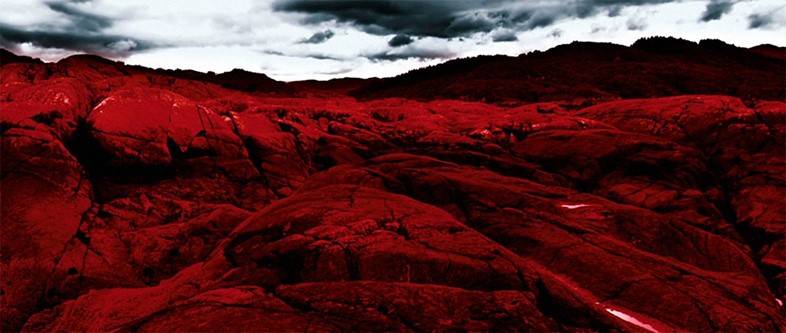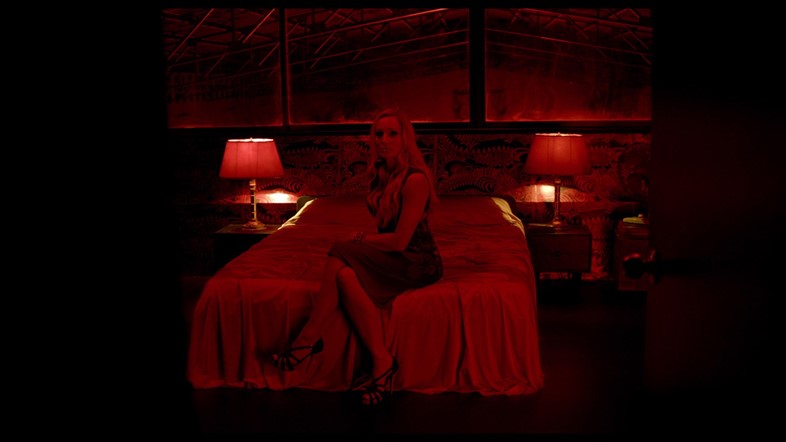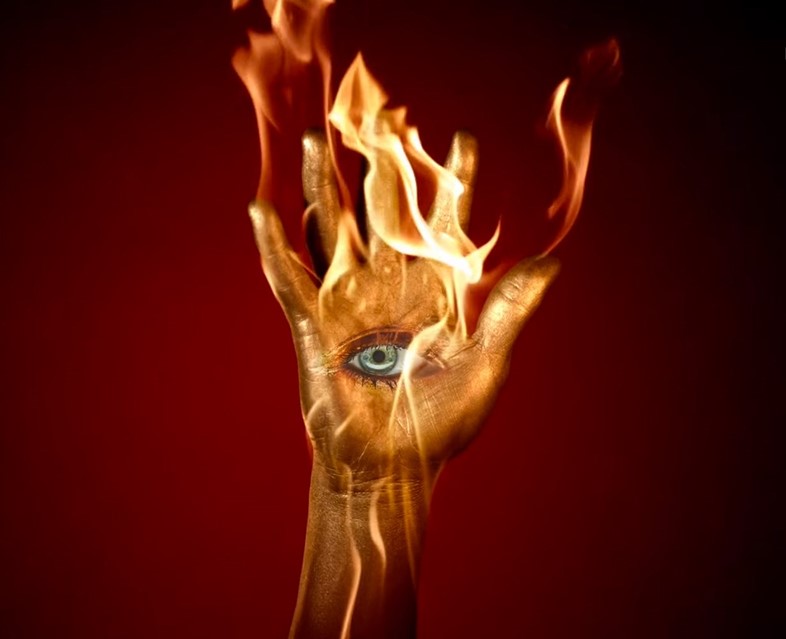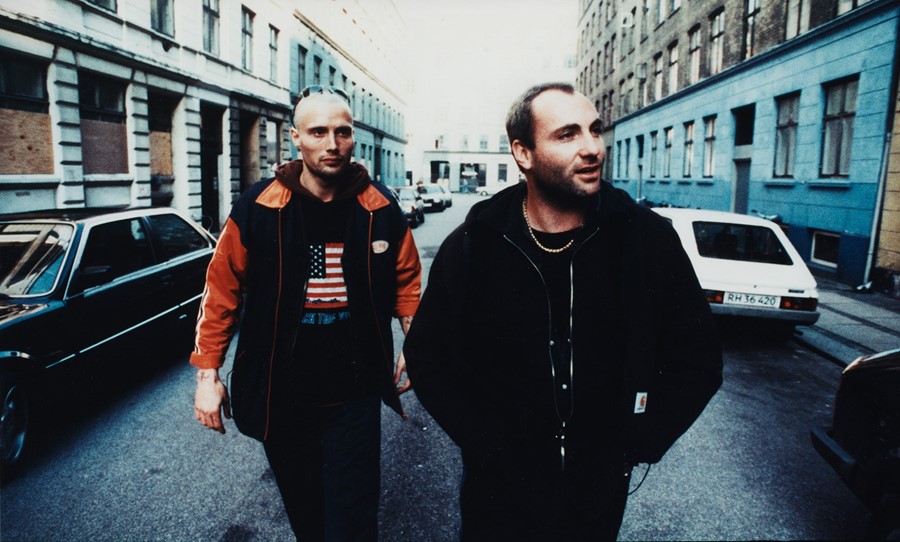The Danish movie auteur unravels the scenic inspirations behind five of his cult films
Upcoming horror The Neon Demon follows an aspiring model through Los Angeles who's dead set on devouring her youth. It promises moody ruthlessness in the extravagant vein its director Nicolas Winding Refn is known for. The Danish auteur spent part of his youth in New York addicted to midnight B-movie showings, feeding his offbeat sensibility and taste for stylised extremity. He always mixes that bent with a distinctive arthouse surrealism influenced by innovators such as maestro of psychedelia Alejandro Jodorowsky, who he consulted for Tarot readings every weekend during his latest production. “I approach everything based on what I’d like to see. I’m not really trying to understand it,” he told us. “There’s an incredible satisfaction in fetish – rather than denounce it you should relish it.” Here, he delves deeper into the inspirations behind some of his most revered films.
Pusher (1996)
Winding Refn blew apart the cliché of his home city of Copenhagen as a clean-living, calm and impeccably designed idyll with his low-budget breakthrough debut Pusher. Grimy and violent, it was the first Danish-language crimeworld film and was shot with hand-held camera in 90s Vesterbro, a district now trendy but then pre-gentrified and rough. Its tale of a small-time drug dealer thrown into a race against time to make back money to stave off a kingpin’s retribution plays out in a non-glamourised universe of desperate macho posturing. “It was very much about seeing how authentic I could make it,” reveals the director. “I was 24, and probably very arrogant. All the locations were real, all the gangsters, and all the cocaine.”

Valhalla Rising (2009)
As stylistically bonkers as it is brutal, Valhalla Rising combines the action of a Viking epic with the mystical, experimental surrealism of a Kenneth Anger film. Shot in the Scottish Highlands, it stars Mads Mikkelsen as a one-eyed Norse warrior beset by psychic premonitions. He tags along with a band of Christian crusaders as they search for the Holy Land but end up adrift amid thick fog and ritualistically imbibed hallucinogens. “I wanted to make a sci-fi without science, and based on faith instead,” says the director. “Their world is like landing on Mars. Are they in heaven or hell?” Visions tinge the land blood-red – a hue favoured by Winding Refn due to his colour blindness: “Red is a very powerful, emotional colour – and it’s one I can see.”

Drive (2011)
Drive is about a heist gone wrong. Ryan Gosling’s role in satin scorpion jacket as the taciturn driver, pulling stunts by day and moonlighting in getaway cars after hours, is already iconic. “Los Angeles is very much like a time machine,” Winding Refn says of the retro feel of the sleek, neon-lit film, which is soundtracked by synthwave. “I grew up in the 80s. Sixteen Candles by John Hughes was huge for me, and there’s that sensibility in Drive of an 80s that’s heightened and romanticised.” Knight and maiden archetypes whose names we never learn try not to get sucked down by its vicious world. “It’s very like a Grimm fairytale, with aspects of purity, myth, and love,” he says.

Only God Forgives (2013)
An even more extreme collaboration with Gosling came with Only God Forgives. The hyper-bloody head-trip is a Bangkok of lurid colours and labyrinthine, patterned interiors. “It’s about a man stuck in a maze, essentially stuck in his mother’s womb,” says Winding Refn. “Everything goes in circles and corridors with no ending place.” The expat in question runs a Thai boxing club as the front for his sociopathic family’s drug racket. “I would go to the Chinatown area, to these all-night bars where high Chinese descendants would be singing karaoke,” says the director. “Setting it in a world like that is so alien to the western eye, especially when it becomes dark and it turns spiritual.”

Hennessy X.O Campaign (2016)
Tapping Winding Refn’s talent for uninhibited visual audacity, Hennessy X.O enlisted him to show the sensations of tasting their liquor as an odyssey. “They had a clear concept, but it was a completely blank canvas,” says the director. “Taste is all about what’s in your head, and interpretation. It allowed me to indulge myself with what I would want to see if I was to taste Hennessy.” Distinct elements of the cognac’s taste are envisaged as textured, erotic landscapes, with nods to Winding Refn’s previous filmic worlds from studded biker jackets to inflamed lost corners of civilisation and figures caked in gold.
Watch 'Each drop of Hennessy X.O is an Odyssey' by Nicolas Winding Refn here.
